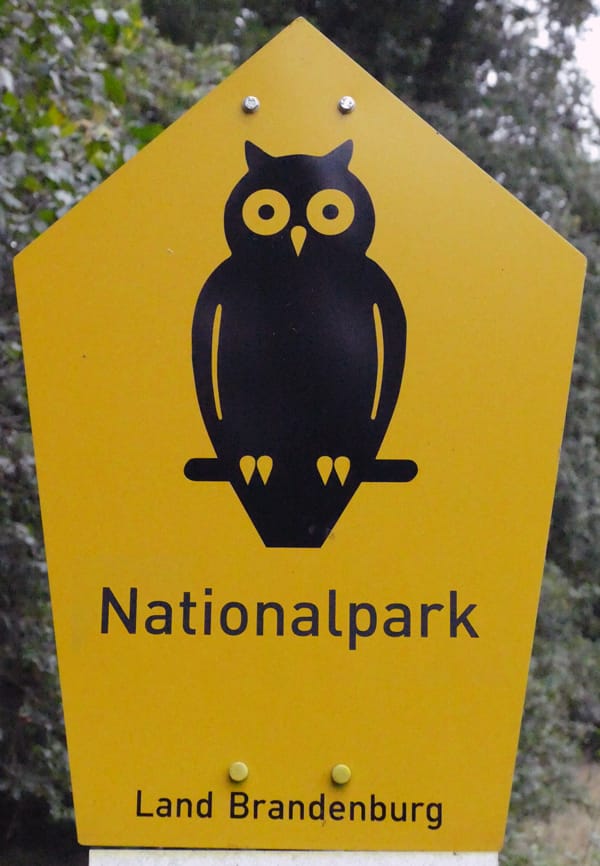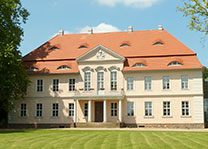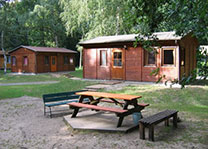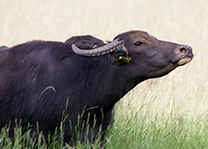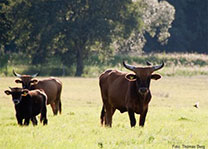Even before the establishment of the national park, there was intense discussion about which protection status is best suited for the floodplain landscape with its strong anthropogenic transformation, that of a nature park, that of a biosphere reserve or a national park. If the Brandenburg politicians nevertheless decided in favor of national park status in two complex legislative processes in 1995 and 2006, it is also because the Lower Oder Valley is certainly the river landscape in Germany that is best suited for a national park. A very narrow national park that was created on the Elbe at short notice to accompany the river was abolished after a few years, a process that has so far been unique in Germany. Nevertheless, it was clear to all those involved that, unlike the Polish Zwischenoderland between Ost- and Westoder, the southern German part does not yet have a national park quality, it is rather a national park in the process of becoming and growing, a development national park. In the future, according to the will of the Brandenburg legislature, 50 percent should be taken out of use and designated as total reserves Zone I and Zone II and 50 percent should continue to be used for agriculture, albeit extensively.
However, this will only be possible once the ongoing corporate land reallocation has been completed, which, however, is still many years away, as the responsible Brandenburg authorities want to focus the private national park association on the total reserve zones, ultimately, as they themselves admit, in order to eliminate it in this way as an annoying competitor for state administrative action. Today, therefore, only around 15 percent of the national park area has been designated as a total reserve by law, but in fact there are more areas that are no longer used or no longer used as intensively.
One of the main reasons why Brandenburg’s only national park is still far from having at least the required 50 per cent (internationally it is already 75 per cent) of designated total reserves today and in the foreseeable future is that the responsible Brandenburg authorities do not allocate the already designated or planned total reserves to the state of Brandenburg, even though the state of Brandenburg has more than enough land in the procedure area of the corporate land consolidation, but to the small, private national park association. This is unique in Germany. In all other protected areas, the land that designates total reserves also takes ownership of them and thus does not burden private owners.
In addition to this delay in the creation of the national park by the Brandenburg state government itself, there are other problem areas that nature conservation has to deal with. As a rule, it is a matter of conflicting interests as they exist all over the world in and around nature reserves. For all of these problem cases, however, there are solutions that both sides can live with. However, this still needs to be worked on. There are no insurmountable opposites.
Six typical problem areas are described below:



